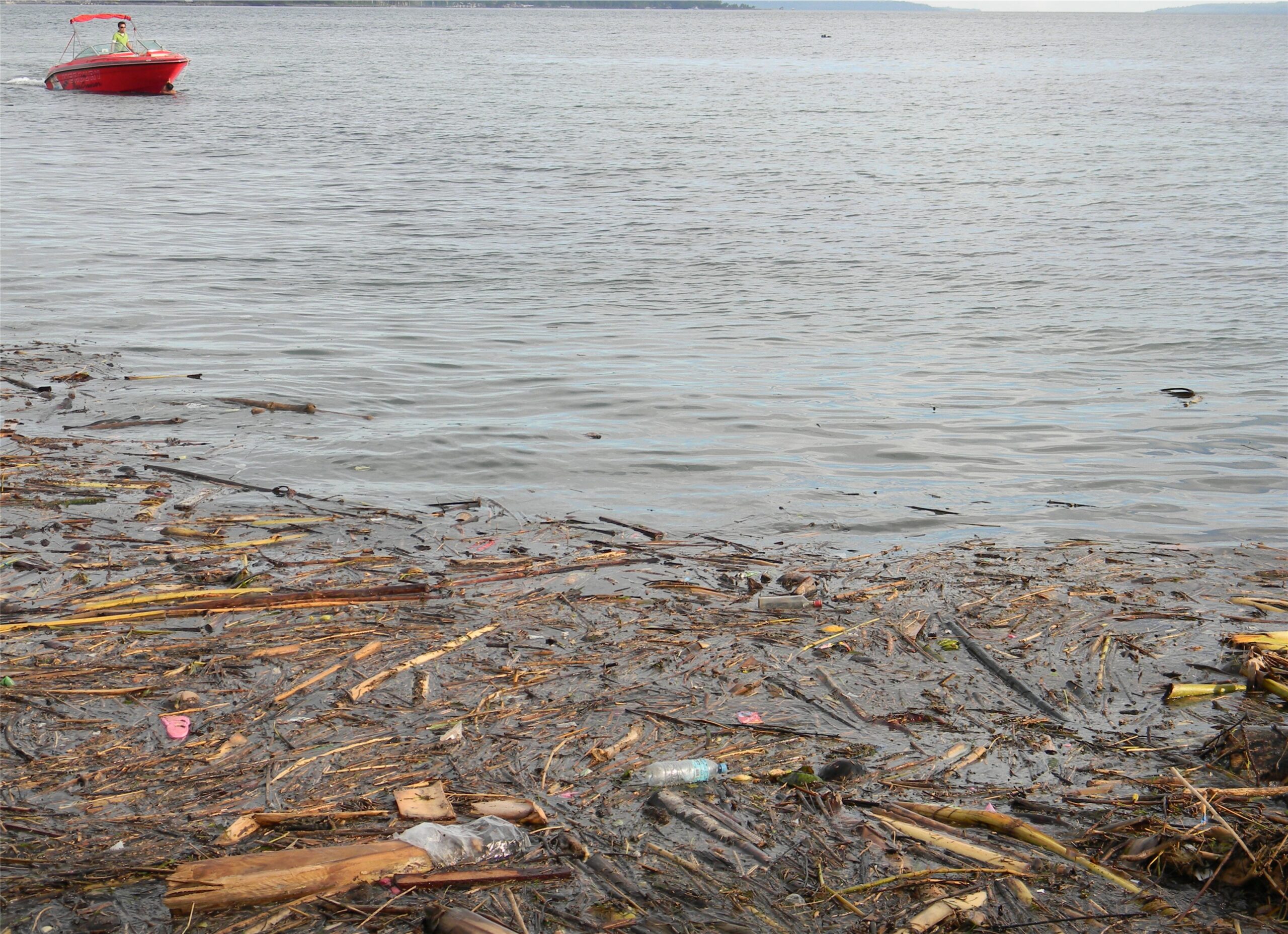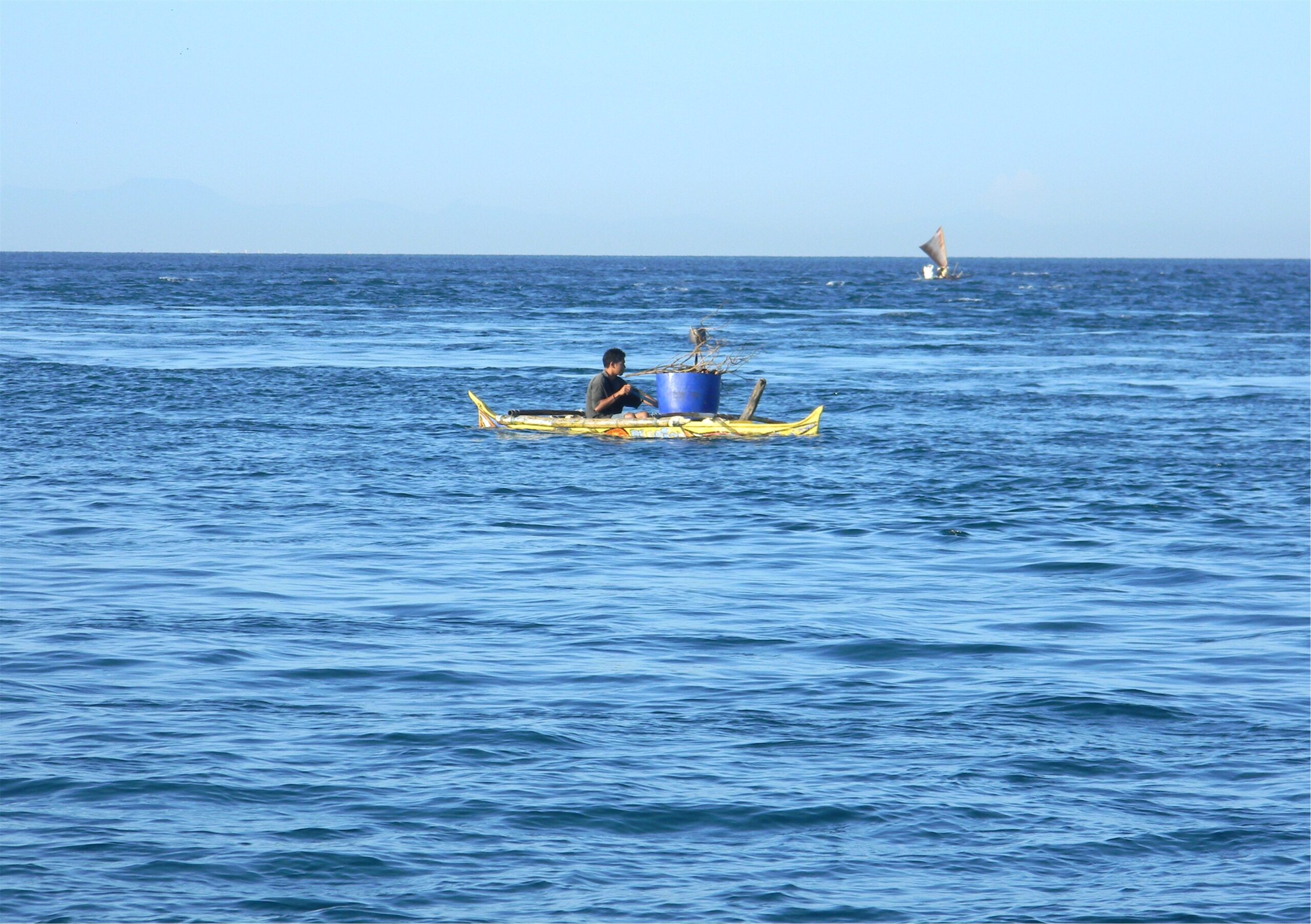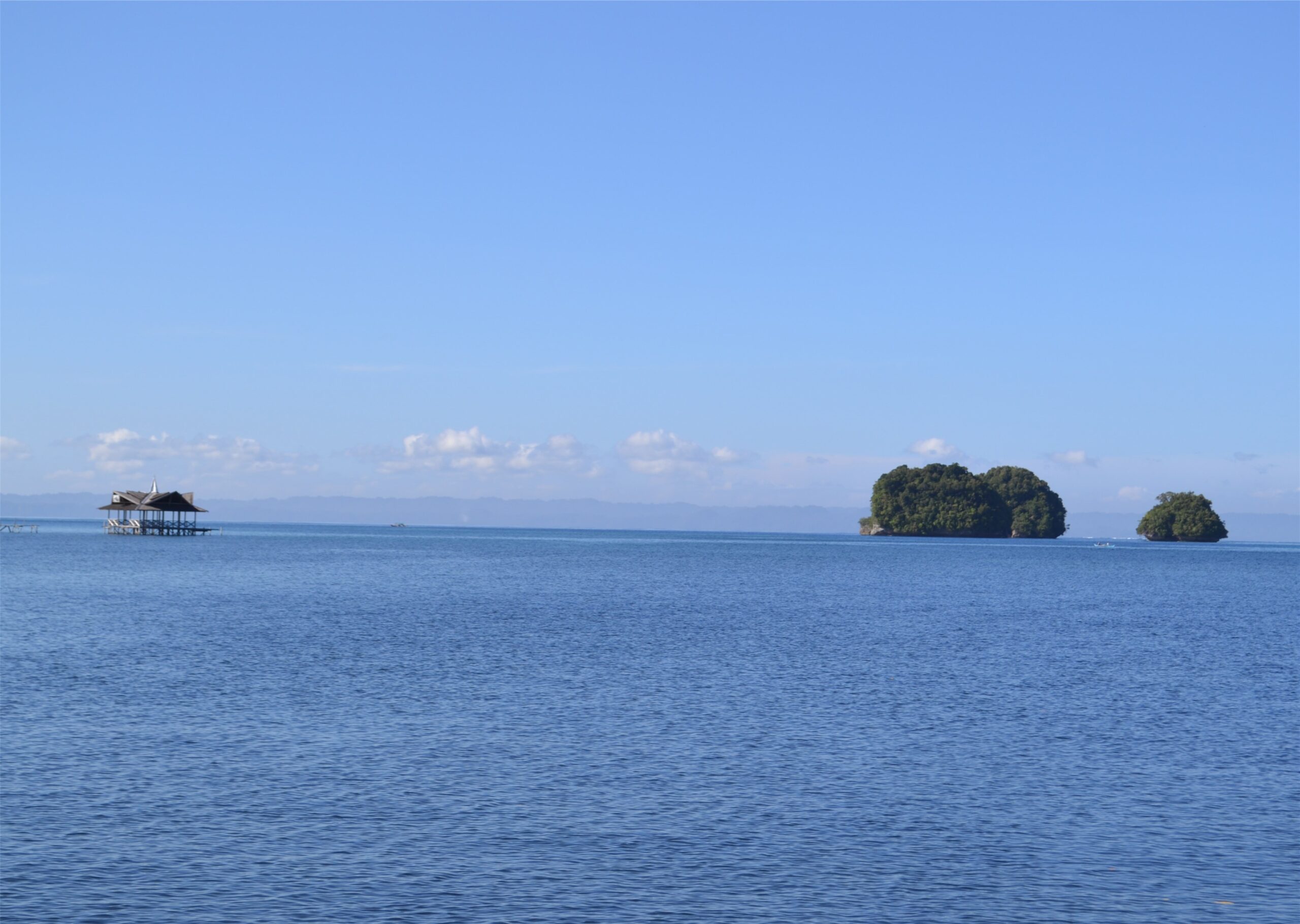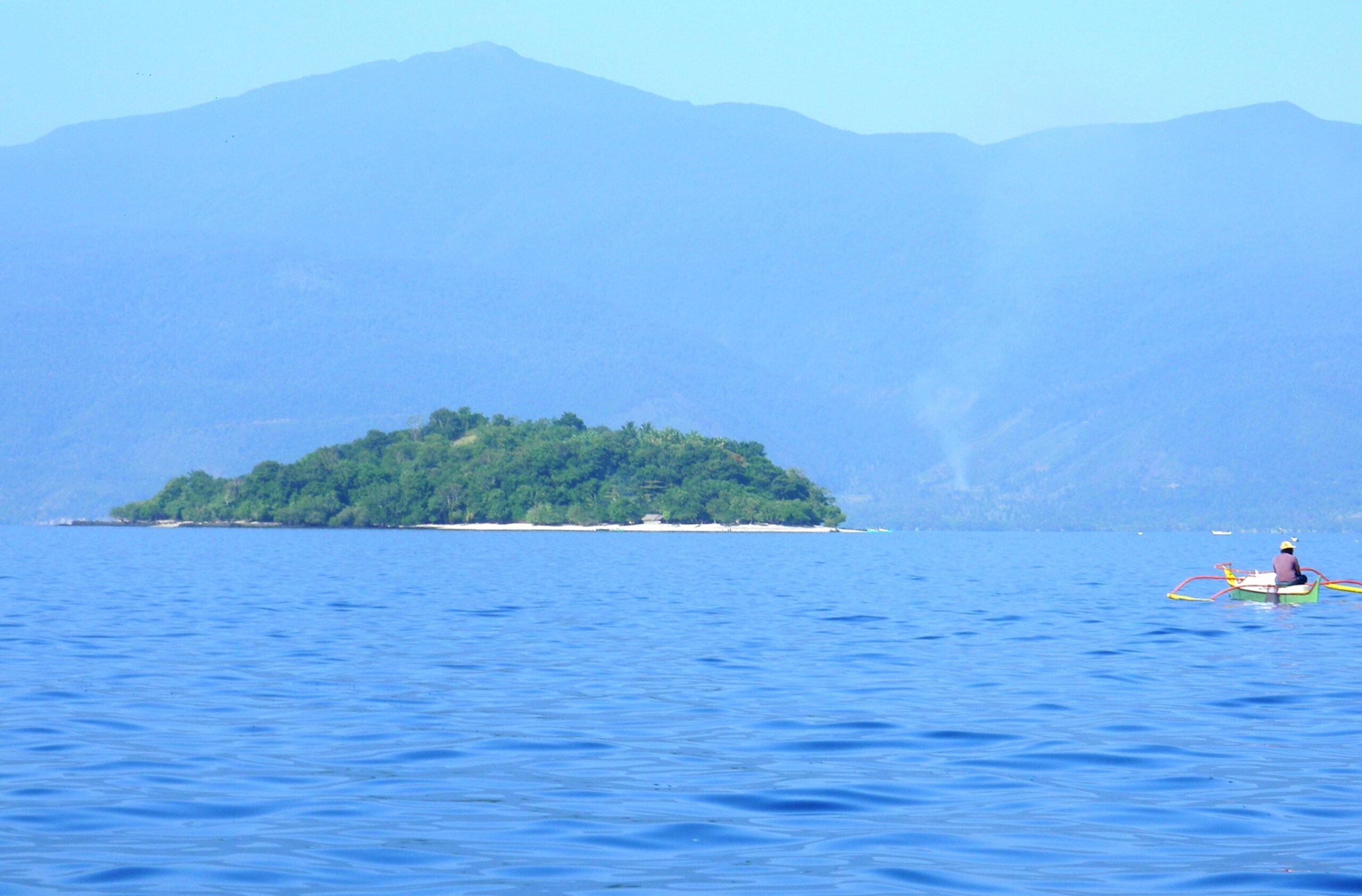Text and Photos by Henrylito D. Tacio
“From afar, aliens might see the obvious: the ocean is Earth’s life-support system,” observed Sylvia A. Earle, former chief scientist of the US National Oceanic and Atmospheric Administration. “The services provided are so fundamental that most of us who live here tend to take them for granted.”
The ocean’s seminal contribution to the planet was life itself. Scientists believe that the very organisms were bacteria that developed in the depths of the seas some four billion years ago. There were the evolutionary forerunners of all subsequent organisms and helped create the conditions under which life could evolve.
“Only around one-tenth of 115 million square miles of the ocean floor has been explored and charted,” said Don Hinrichsen, author of Coastal Waters of the World: Trends, Threats, and Strategies.
Some marine scientists estimated the ocean floor alone may contain up to 10 million species, the majority of them undiscovered. “But no one knows for sure,” Hinrichsen said, adding that the ocean “is our last great frontier.”
Filipinos are very familiar with the oceans as the country is composed of more than 7,000 islands. Those living in the Davao region are very much aware of it as the region is facing the Pacific, the largest of all five oceans. The four others are Atlantic, Indian, Southern (Antarctic), and Arctic (the smallest).
Although considered “vast and resilient” in the past, the oceans are now crying out for help. While the public eye is periodically turned to large disasters such as oil spills, it is routine assaults that most threaten the marine environment.
“Daily chemical and biological pollution are damaging the oceans at a frightening rate, while ongoing coastal development and overfishing hamper their ability to recuperate,” deplores the Washington, D.C.-based Worldwatch Institute.
Gone with pristine waters are futurists’ dreams of a world fed by the ocean’s abundance. In their place is the reality of stagnant oceans: shrinking wetlands, coral reefs, and mangroves; and falling fish catches that jeopardize a key source of protein for the world’s poor.



“Without healthy oceans, humanity would be doomed. Yet we keep on destroying our most precious resource before we even know what we are losing,” wrote newsweekly Time in a special report.
“Unless we act soon, reversing these worsening conditions will only become more difficult,” urges Nicholas Lenssen, author of the Worldwatch report.
At the root of the problem is burgeoning human numbers and their ever-growing needs. “Population distribution is increasingly skewed,” Hinrichsen said, adding that the bulk of humanity is concentrated along or near coasts.
According to the UN data, around 680 million people live in low-lying coastal zones, rising to around one billion by 2050. The latest analysis estimates that 40 million people will be employed by ocean-based industries by the end of this decade.
In the Philippines, more than 40 million people live on the coast within 30 kilometers of coral reefs. Most of the well-known cities are located near the seas: Manila, Cebu, Cagayan, Davao, Iloilo, and Zamboanga.
As a result of the surging population, the oceans are now polluted with human sewage. “Sewage often contributes to over-enrichment of waters,” wrote Lenssen. “In the process, an overabundance of nutrients causes algal blooms and rapid growth of other aquatic plants. When these plants die, decomposing bacteria can deplete the water of oxygen, killing fish and other marine life.”
As a result, toxic red tides are now a common thing in the country. Red tide first occurred in Maqueda Bay in Catbalogan, Samar, in 1983, claiming lives and causing a P30 million loss from the fish and mussel industry.
Last May 15, the Bureau of Fisheries and Aquatic Resources reported red tides in Dumangquillas Bay (Zamboanga del Sur), Litalit Bay (Surigao del Norte), and Lianga Bay (Surigao del Norte).
Chemical pollutants constitute another assault on the marine environment, especially in the uppermost layer of water. Most of these chemicals come from industries, airborne pollutants, shipping accidents, pesticide runoff, mine tailings, and waste incineration.
“Once toxic chemicals enter the marine environment, it’s very hard to get them out, since they seep into the sediments, enter the food chain, or simply flow with the currents,” wrote Lenssen.
Oil is another widespread pollutant in the oceans. In the Philippines, the sinking of a Caltex oil tanker in Limay, Bataan, in 1990 gave the country a preview of the potential hazards of oil spills. The oil spill in Bataan wreaked havoc on the lives of the fishermen in that part of the Manila Bay area.
Growing amounts of litter have also been found in the marine environment. Unfortunately, the Philippines is one of the top five contributors of plastic waste in the world’s oceans, a UN report.
“We produce 2.7 metric tons of plastic waste every year,” said Roy A. Cimatu, former secretary of the Department of Environment and Natural Resources. “Following this trajectory of production and mismanagement, UN reports predicted that by 2050, there will be more plastic in the oceans than there are fish.”
“Our insatiable dependence on plastic has led us to a man-made environmental crisis which is currently still growing in size. Our oceans and beaches are increasingly awash with waste plastic, while plastic dumping and landfill is at an all-time high,” Global Initiatives pointed out.


Overfishing has also contributed to the annihilation of the world’s oceans. “The oceans are awash with too many fishing vessels, and the result is big trouble for the fish and fishermen,” said Newsweek in a special report.
The UN Food and Agricultural Organization has warned that the demand for fish is outstripping the natural replenishment of fish resources. “Many of the world’s formerly productive fisheries are seriously depleted, and some have collapsed due to overfishing,” said Greenpeace, an international organization.
In the Philippines, the economic loss of overfishing is estimated at about US$125 million per year in lost fish catch, according to the World Bank. “The productivity of the country’s fisheries is declining as coastal areas become increasingly degraded and pushed beyond their production capacity,” the Population Reference Bureau adds.
All these are bad news for the oceans, indeed.
The problems that are now besetting the oceans are enormous and these are intrinsically linked with the global climate. “The ocean and global climate heavily influence one another in many ways,” the UN said.
According to the latest climate change report from the World Meteorological Organization, global mean sea levels increased at an average of 4.5 millimeters per year between 2013 and 2021 due to ice sheets melting at an increasing rate.
“The ocean absorbs around 23% of carbon dioxide generated by human activity, and when it does, chemical reactions take place, acidifying the seawater,” UN explained. “That puts the marine environment at risk and, the more acidic the water becomes, the less carbon dioxide it is able to absorb.”
Experts from around the world are sounding for the protection of the oceans.
“The fact that less than one percent of the world’s oceans are covered by marine protected areas is a catastrophe waiting to happen,” said Dan Laffoley, chair of the World Commission on Protected Areas. “Just because these places are underwater and not highly visible does not mean they should be ignored. It’s time to expand marine protected areas and save our oceans from threats like overfishing and climate change.”
“We are destroying the ocean,” said world-renowned marine wildlife photographer and cinematographer Tom Campbell. He believes too much damage has been done to the ocean over the past few generations for the ocean to recover enough to return to its original balance, but he does hope to stop the damage from progressing.
Before his death in 1997, the famous Jacques Cousteau told Time: “The oceans are in danger of dying. In the past, the sea renewed itself. It was a continuous cycle. But this cycle is upsetting. Some scientists think it’s too late. I don’t think so.”
The UN thinks so, too. In a news dispatch, it asked some experts on what citizens can do to promote a sustainable “blue economy,” while waiting for decision-makers and world leaders to move into action. Here are some ideas that you can incorporate to your daily lives:
* If you eat fish, diversify your diet in terms of seafood consumption, do not always eat the same species. In addition, avoid consuming top predators and make sure what you eat is coming from responsible sources.
* Prevent plastic pollution. With 80% of marine pollution being originated on land, do your part to stop pollution reaching the sea. You can help by using reusable products, avoiding consuming disposable products, and also making sure that you are placing your waste in the appropriate bins.
* Pick up trash from the beach and do not litter. But also think that any step you can take to reduce your environmental footprint will help the ocean in an indirect way.
* Continue to advocate for solutions, whether that’s on the streets, writing letters to decision-makers, signing petitions, or supporting campaigns that aim to influence decision makers at the national level or at a global level.

